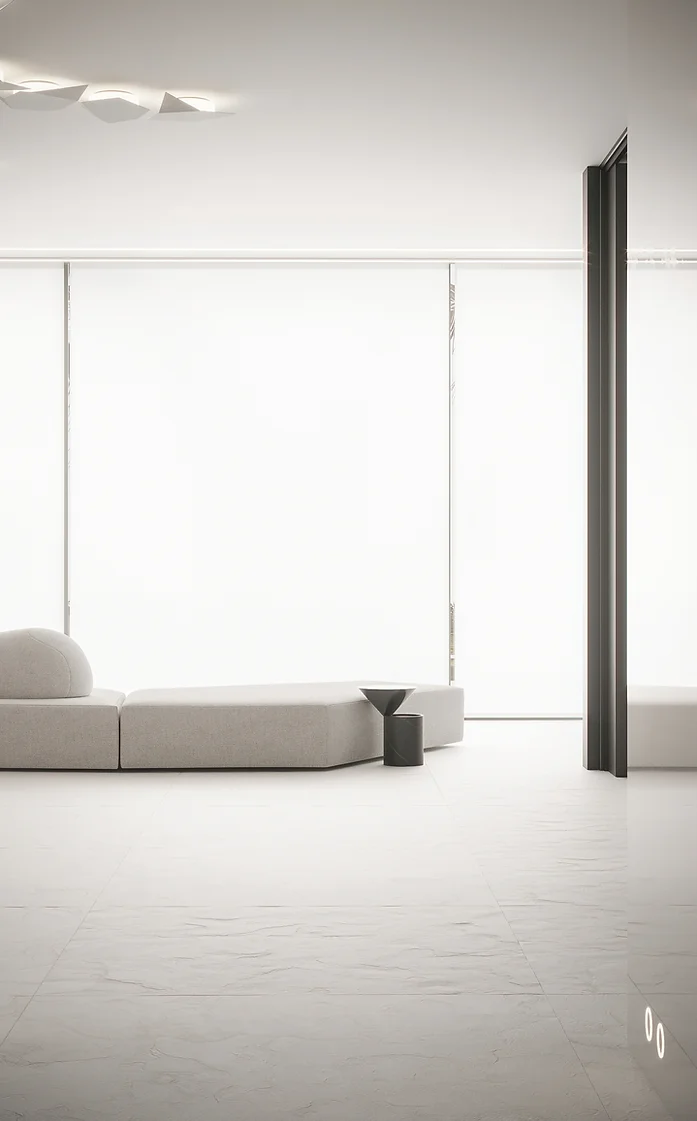So you want to sell your contemporary houses. Have you picked your listing price yet? A lot rides on that number. Having your house priced right means the difference between a fast sale, and months or years of hell. So, in an effort to educate sellers, I’m going to share how to figure out what your house is actually worth.
Conventional wisdom will tell you to call in a real estate agent or broker. They will tour your house and look up comparable sales in your area, then give you an opinion as to what your house is worth. But please understand their motivations before you accept that number as fact. In a nutshell, agents will often tell you a higher number and assure you that it will sell without performing any repairs because they want you to sign a listing agreement with them. It’s only human nature to choose the agent that gives you the highest number and the smallest repair list. Once you’re locked in, you can bet that when it doesn’t sell right away because your price is too high, they will start encouraging you to drop your price.
Not that asking an agent is a bad idea, but make sure you do your homework too. So, how do you figure out what your house is worth? Well, there are several ways, some more accurate than others.
The easy way is to just look up your house on one of the house values web sites. It’s as easy as typing in your address and getting a number. The problem with these is that they aren’t very accurate because it can’t take into account the features and issues of individual properties.
There are several websites that will give you an estimated value for your house. Zillow.com is probably the largest and best known. You type in an address, and it will give you an estimate (they call it a “zestimate”), and a probable range of values for that house. It isn’t bad, but it isn’t great either. I find that the zestimate is often a bit high, I suspect that they are inflating the numbers so as not to anger their audience. I find that the true market value is lower, closer to the bottom of the estimate range. Zillow does give you lots of other useful information though. You can see price trends and the sales history of houses, so you can see how long it took to sell and how many price reductions they had. You can also use the price/sqft of recent sales to take a stab at your house value by multiplying it times the square feet of finished space in your house.
Any real estate professional, such as an agent, appraiser, or lender will tell you is that the price range for your house is determined by the recent sales (within the last 6-12 months) of similar houses in your neighborhood. Most houses in a given neighborhood are going to be of similar age, style, and size. Even if there is variation, odds are that there are going to be several that are comparable to yours.
What those comparable houses sell for sets the price range for your house. If the three recent sales of comparable houses in your neighborhood sold for $190k – $230k, then your house isn’t likely to be worth $295. Be as objective as you can, and compare your house to those three. Don’t worry about assigning any value to bonus features of your house yet, just compare your house to the others based on the common features in all houses. Specifically, how does your kitchen, baths, flooring, and systems (furnace, electrical, roof, windows, etc) compare with those three recent sales. Let’s say that yours is in between, not the worst or best, so your house has a base value of $210k.
Good sites to use to find out the recent sales in your area: Realtor.com (search for “Recently Sold” instead of “Homes For Sale”), and Zillow.com (once you find your house, scroll about 2/3 of the way down the page and there’s a link on the right “See Sales Similar to [your address]”), or you can go to your local tax assessor’s web site and search for recent sales.
This base number is then modified by the pluses and minuses of your individual property. If it is in poor condition, the house’s value will be reduced. If it has extras that other houses don’t have (like a large sun porch, bonus room, or top-notch kitchen/bath) then the value will be increased.
On negative items, the rule of thumb is that repairs or items that are out of date subtract directly from the base number, plus 10%. The 10% is essentially there to convince someone that likes the house to go through the pain and suffering of renovations after buying the house. So if your house has old outdated kitchen and bathrooms, and needs $25k to update them, then you should expect to deduct $27,500 from that base number. Even at that lower price, the house might not sell overnight. Buyers today want pristine houses. Renovations are a headache that buyers generally don’t want to face. With so many houses on the market, they can be choosy.
Some bigger issues such as wet basements, old electrical, leaky roofs, rotten trim/siding, and leaky plumbing are hard to quantify. Let’s say your basement has a seepage issue. The floor doesn’t even have to have standing water, just be damp and stinky. Dampness might knock $10k off the price, wetter than that will knock $20-25k right off the value of the house. Look at it this way, pretend you’re considering two equal houses, but one has a wet basement. How much cheaper would the wet house have to be to make you choose it over the dry one? See how those big issues have such big affects on the value of a house? These bigger issues scare buyers away, and in order to get buyers over their fear of the issue, you need to present a very attractive price.


